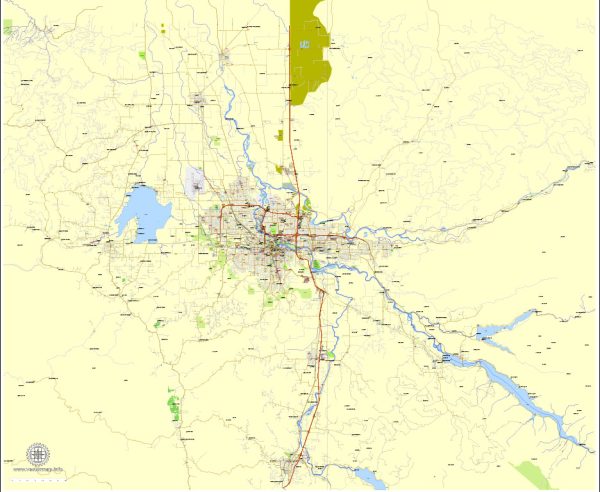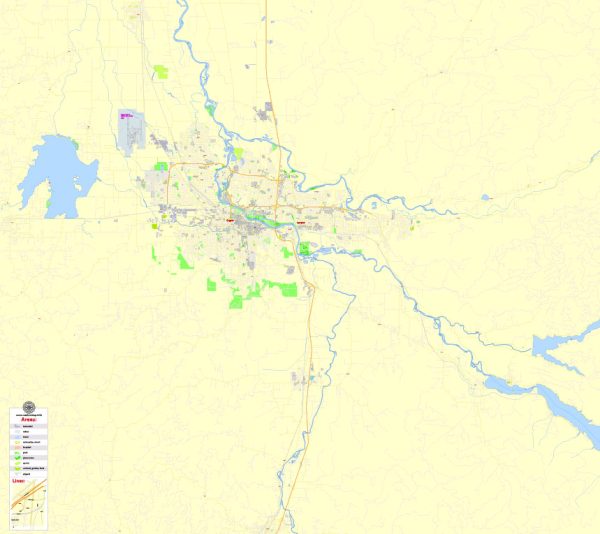Eugene and Springfield are neighboring cities located in the state of Oregon, United States. They are part of the Willamette Valley region and are known for their natural beauty, cultural amenities, and diverse economy. Here’s a socio-economic description of these two cities:
1. Economy:
- Eugene: The economy in Eugene is diverse, with a focus on education, healthcare, manufacturing, and technology. The city is home to the University of Oregon, which plays a significant role in the local economy. The tech industry has been growing, with several start-ups and tech companies finding a foothold in the area. Additionally, the healthcare and medical sectors are robust, with multiple hospitals and healthcare facilities.
- Springfield: Springfield’s economy has also diversified in recent years, though it traditionally had a strong presence in manufacturing, particularly in the wood products industry. Similar to Eugene, healthcare is an important economic driver in Springfield, with PeaceHealth Sacred Heart Medical Center at RiverBend being a major employer.
2. Education:
- Eugene: Eugene is home to the University of Oregon, which is a prominent research institution and a significant contributor to the local education sector. The city has a strong K-12 education system, with various public and private schools.
- Springfield: Springfield has its own school district, offering K-12 education to the local community. It also has several elementary and middle schools, as well as high schools.
3. Housing:
- Both Eugene and Springfield have a range of housing options, including single-family homes, apartments, and condominiums. Housing costs can vary depending on the neighborhood and the type of housing, but generally, the cost of living in Eugene tends to be slightly higher than in Springfield.
4. Cultural Amenities:
- Both cities offer a variety of cultural amenities, including theaters, art galleries, music venues, and museums. Eugene, in particular, has a vibrant arts scene and hosts numerous cultural events and festivals throughout the year.
5. Recreation:
- The area surrounding Eugene and Springfield offers ample opportunities for outdoor activities, including hiking, biking, and water sports. The nearby Willamette River and the Cascade Mountains provide a beautiful natural backdrop for recreational opportunities.
6. Demographics:
- Eugene and Springfield have diverse populations, with a mix of ethnicities and backgrounds. Both cities have a reputation for being welcoming and inclusive.
7. Transportation:
- The cities are well-connected by Interstate 5, making it easy to travel to other parts of Oregon. They also have public transportation systems, including buses.
8. Healthcare:
- Both cities have access to quality healthcare facilities, with numerous hospitals and medical clinics in the area.
9. Employment Opportunities:
- Employment opportunities in Eugene and Springfield are diverse, with major employers in education, healthcare, technology, and manufacturing. The University of Oregon, PeaceHealth, and various tech startups contribute significantly to the local job market.
Overall, Eugene and Springfield offer a mix of urban amenities, cultural attractions, and outdoor activities, making them attractive places to live for a wide range of people. However, the socio-economic conditions can vary from neighborhood to neighborhood within each city, so it’s essential to consider the specific area when evaluating living and employment opportunities.



 Author: Kirill Shrayber, Ph.D.
Author: Kirill Shrayber, Ph.D.